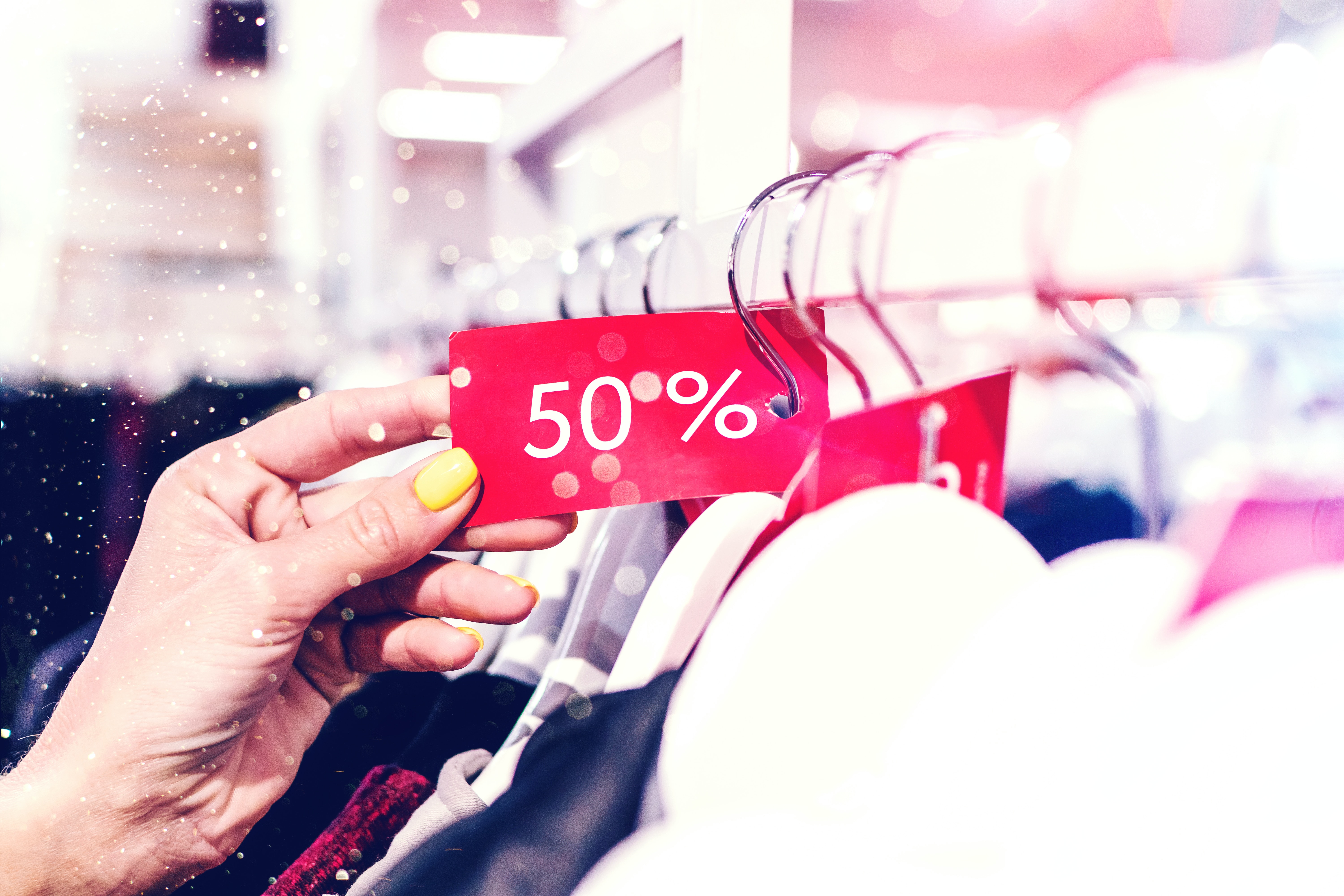🕗 3 min read ・ Shoppers expect digital promotions to be personalised, relevant, local and to integrate seamlessly with their physical and digital shopping journeys
Digital Promotions: what’s in it for the shopper?

Shoppers expect digital promotions to be personalised, relevant, local and to integrate seamlessly with their physical and digital shopping journeys
3 min read
In our previous article, we looked at the benefits of transitioning from paper catalogues and flyers to digital promotions. In that article, we concentrated on the many benefits of digital promotions for the retailer. We also hinted at the resilience of printed media quite contrary to the overwhelming trend towards digitalisation. But as we noted in the conclusion, the benefits of moving promotions from paper to digital are only hypothetical until there is adoption from the end consumer. So if the starting point for a successful drive-to-store campaign is the shopper experience, then it’s interesting to look more closely at what that means and how it informs a retailer’s approach to a digital promotions implementation.
Why were paper circulars so popular in the first place? The paper circular or catalogue is ubiquitous in France. Most households will have one sitting on the kitchen table or worktop. The catalogue is packed full of offers specific to the local supermarket branch store, all of which are designed to tempt the shopper in-store. The catalogue is lightweight, attractively designed and sitting there ready for the weekly supermarket run. Arguably, the best things about the paper catalogue are that it doesn’t require a screen, or a password to use it. Nor does it demand the user’s attention: no interrupted youtube videos, no break in the flow of a Facebook feed. You get the gist.
But a paper catalogue also provides a very poor user experience. While the catalogue will reflect some specificities of the local store it is promoting, the content remains generic. It is out of date the minute it’s printed, potentially leading to frustration with out-of-stock items, and it doesn’t fit into a modern shopper’s digital workflow.
So what do shoppers really want?
Convenience
If a paper catalogue resides on the kitchen table full-time, then with digital, we have the opportunity to put promotions in the right place at the right time, all the time. With shoppers now expecting offers to find them rather than shoppers having to find offers, it’s important that retailers are communicating on the channels where shoppers are already present.
A recent study by Maybe showed that Facebook was the most impactful promotional channel for supermarkets last Christmas. The challenge, though, is saturation. You may get eyes on your promotion but you are competing for attention with all of the other advertising on social channels. As with all advertising, retailers will seek to appeal to shoppers with innovative and creative campaigns. Maybe’s CEO suggests, unsurprisingly perhaps, that the best-performing promotions are those that are the least commercial.
Relevant content
If you want a shopper’s attention, it has to be worth their while. “Get personal or get lost”, as PWC so subtly put it in their recent survey on customer loyalty. Personalisation isn’t new. The benefits of personalisation for the shopper experience have been long understood in e-commerce. With the inexorable move towards a cookieless future, retailers are taking full advantage of the vast amounts of 1st party data they hold within their walled gardens to power personalisation. And according to a study by Retail Week, shoppers increasingly trust retailers with their personal data.
We know that providing a personalised experience by displaying content that matches the customer's interests provides better customer satisfaction because, a. shoppers tell us they expect it and, b. we know that conversion and basket size increase. The same benefits for the shopper apply with drive-to-store programs but, arguably, the personalisation is more nuanced still. This is because drive-to-store personalisation may need to take into account more than just purchase history and look-alike products. Local considerations, such as socio-economic factors, can also be embedded into the personalisation algorithms.
Frictionless experience
Possibly the most important element of the shopper experience is the online user journey. Whether starting from a promotion received on a social channel or searched for in the retailer’s app, already established, ecommerce rules will apply.
According to a report by US firm, Acosta, in the US, 34% of shoppers view their grocery store circular online, and 26% access the digital circular via their grocer’s mobile app. Similarly, 30% use a mobile phone to prepare their shopping list. So the ideal solution for the customer is that all of those things happen in the same place. And for the trend to continue, promotions need to seamlessly integrate into all of the other elements of an online shopping experience. Some retail-tech solutions, such as relevanC’s Promotion Engine, do exactly that. By providing both connections to any digital channel via API and including the option of direct integration into the retailer’s existing mobile and web front end, they allow the shopper to benefit from personalized promotions without leaving the environment they are accustomed to.
relevanC’s digital promotion engine
At relevanC, we're experts in retail data and AI. We've developed a solution that allows retailers to build and distribute digital promotions to enable effective local activation. Our solution integrates loyalty, store, product and geolocation data to give the local shopper a truly personalised experience on the channels that are meaningful to them. Integrated reporting gives retailers valuable insights into which promotions work and require fine-tuning.





Leave a Comment